25 Years of Renault Sport Spider
Currently, radical sports cars without a roof or a windscreen are celebrating a small renaissance. McLaren with the Elva as well as Ferrari with the Monza SP1 and SP2 offer corresponding vehicles in the high price segment at the moment. Just over ten years ago, a comparable model already existed in the form of the Mercedes-Benz SLR McLaren Stirling Moss. What once began with wild British sports cars such as the Lotus Seven and its numerous replicas was consistently translated into modern times in 1995 when Renault took up this concept. Together with former employees of the acquired companies Matra and Alpine, they had built up an in-house motorsports department which, as a finger exercise, took care of the development of a consistently sporty road car. However, this was done with a certain amount of self-interest, as this project, which was started on a white sheet of paper, was also intended for use in a special one-make racing series, which was partly held as a supporting programme for the European races of the Formula 1 Championship. This gave them a relatively free hand and they didn’t have to build on an existing platform of other model series.
Instead, a classic tubular frame was created from square aluminium tubes, into which the two-liter four-cylinder engine was bolted directly behind the passenger cell with bolted on rollbar. This came from the Renault Clio Williams and produced 108 kW/147 hp and 175 newtonmeters of torque. At first glance, this may not seem like much, but it is fully sufficient to accelerate the sports car, which is clad in a plastic body consisting of only five big parts. In the original version, which only has an air deflector in front of the cockpit, which was developed in the wind tunnel, the kerb weight is 930 kilograms. About a year after the market launch, Renault included a fixed windscreen in the price list at an extra charge. This increased the weight to 965 kilograms. For the chassis, Renault Sport used their knowledge from formula racing cars and the brake system of the recently discontinued Alpine A610.
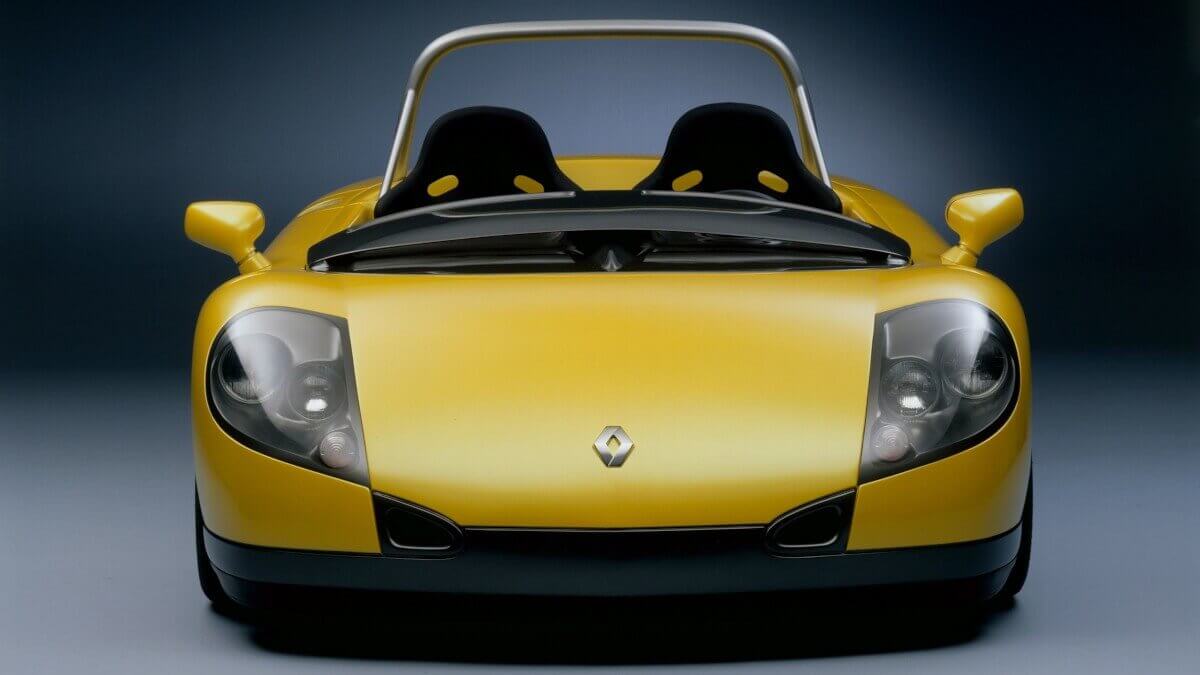



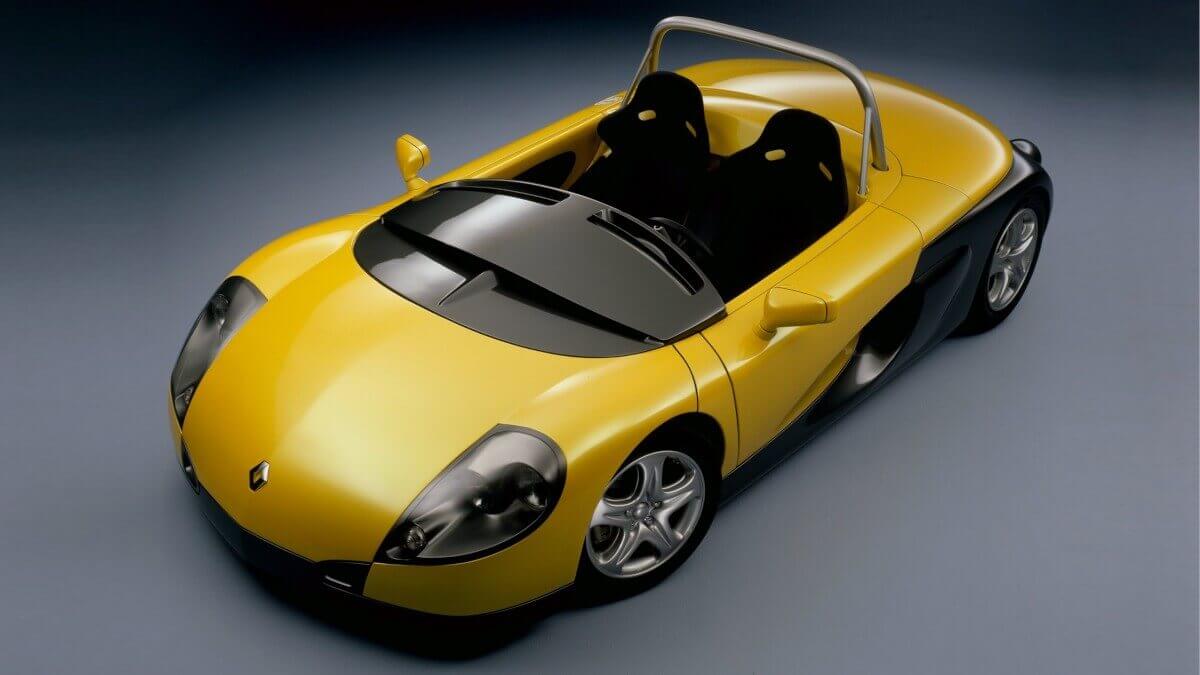



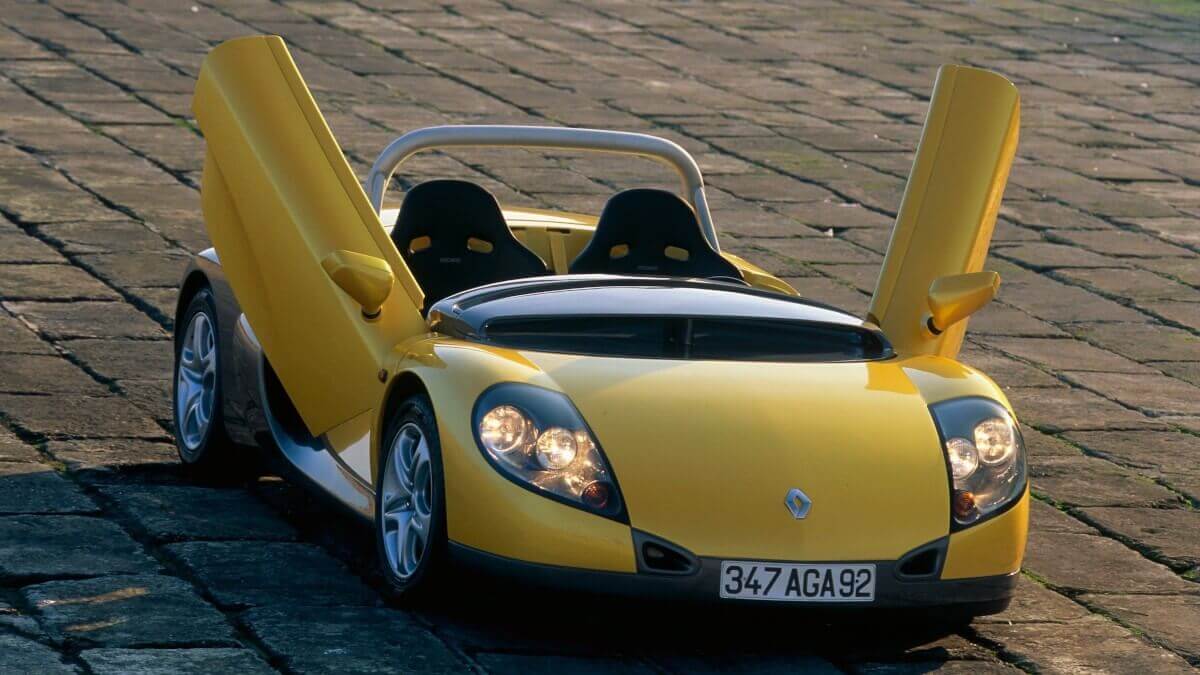



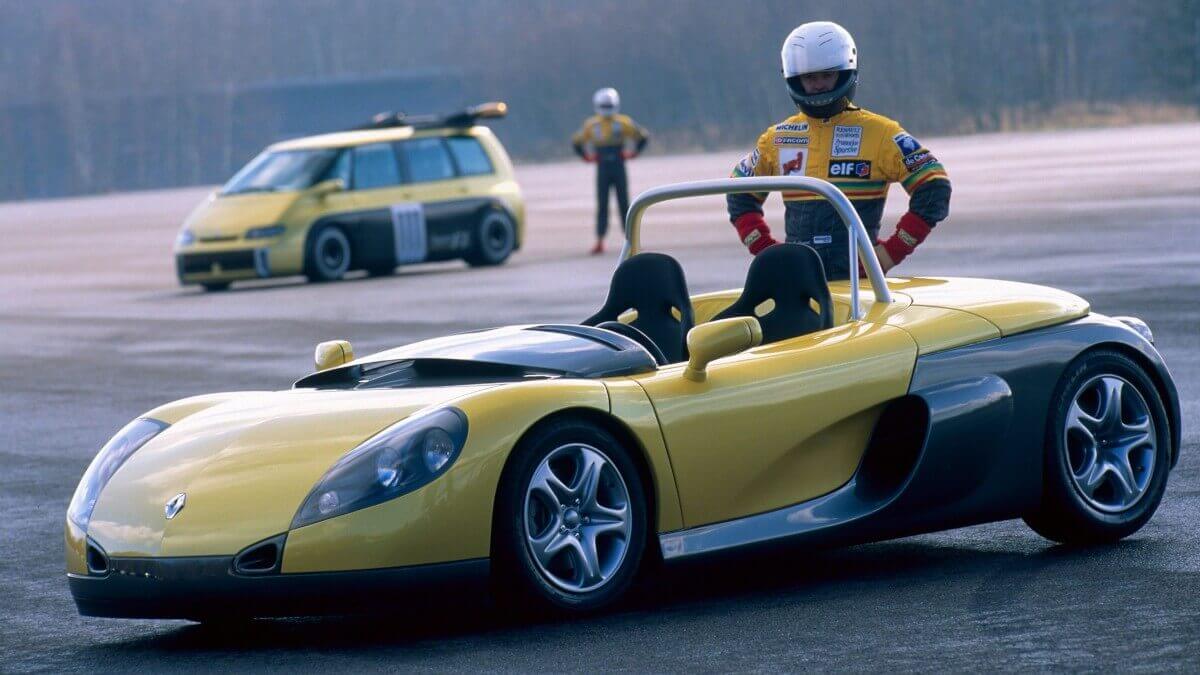



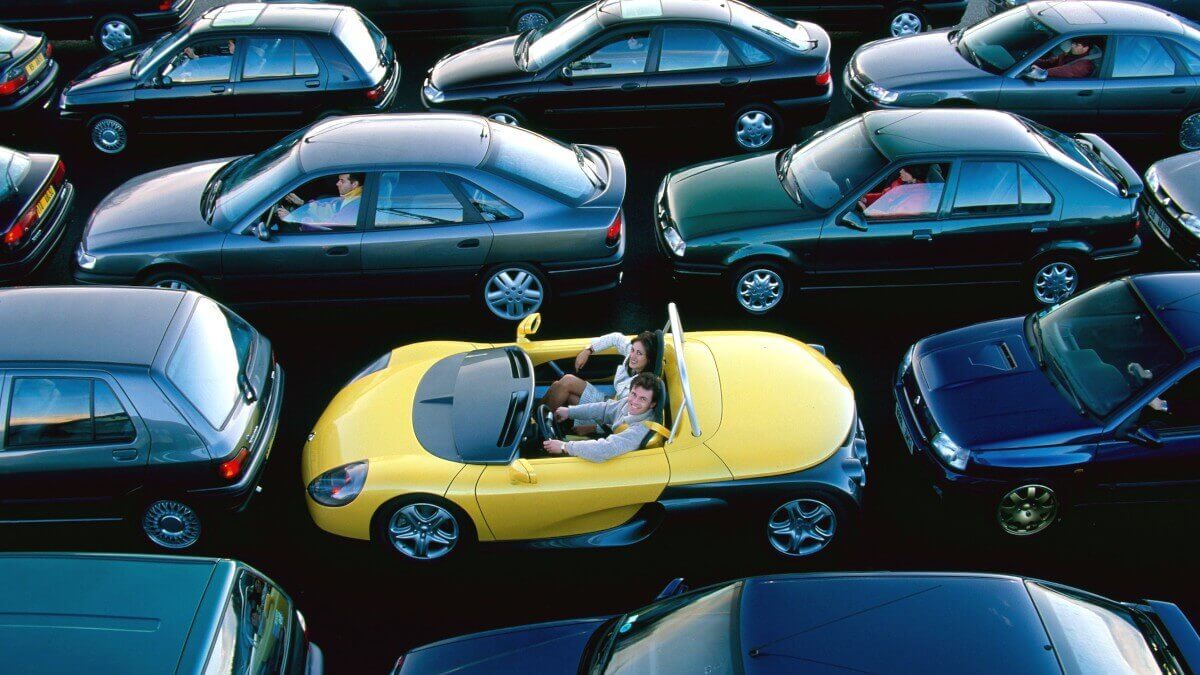



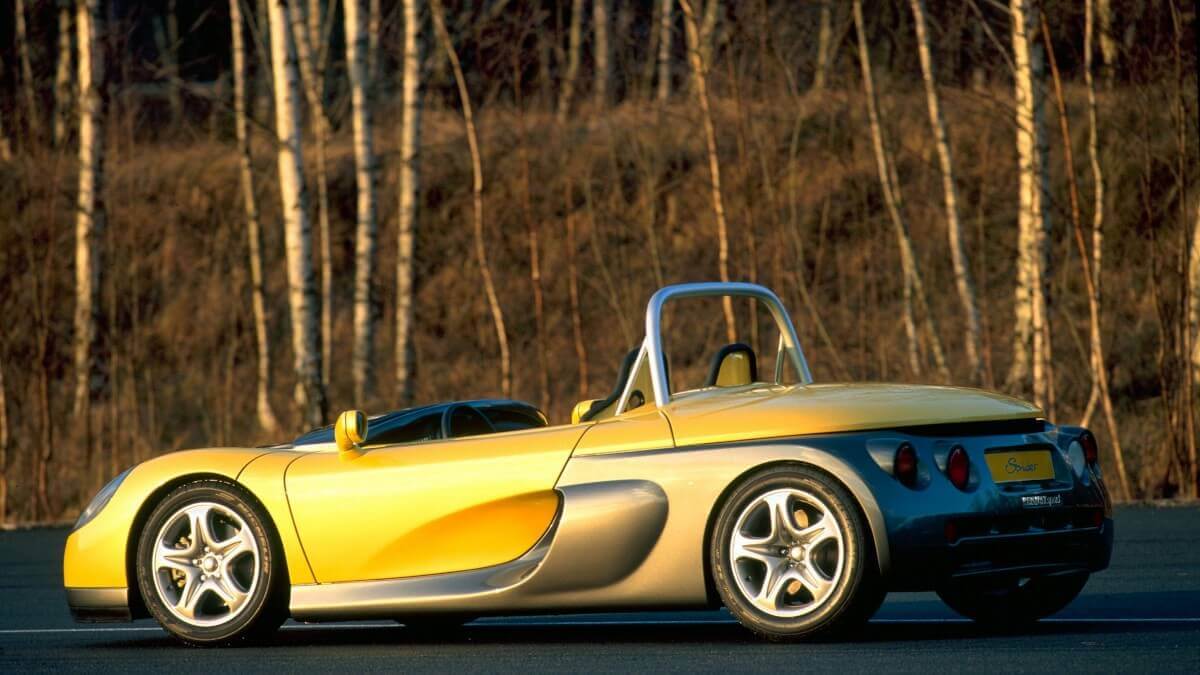



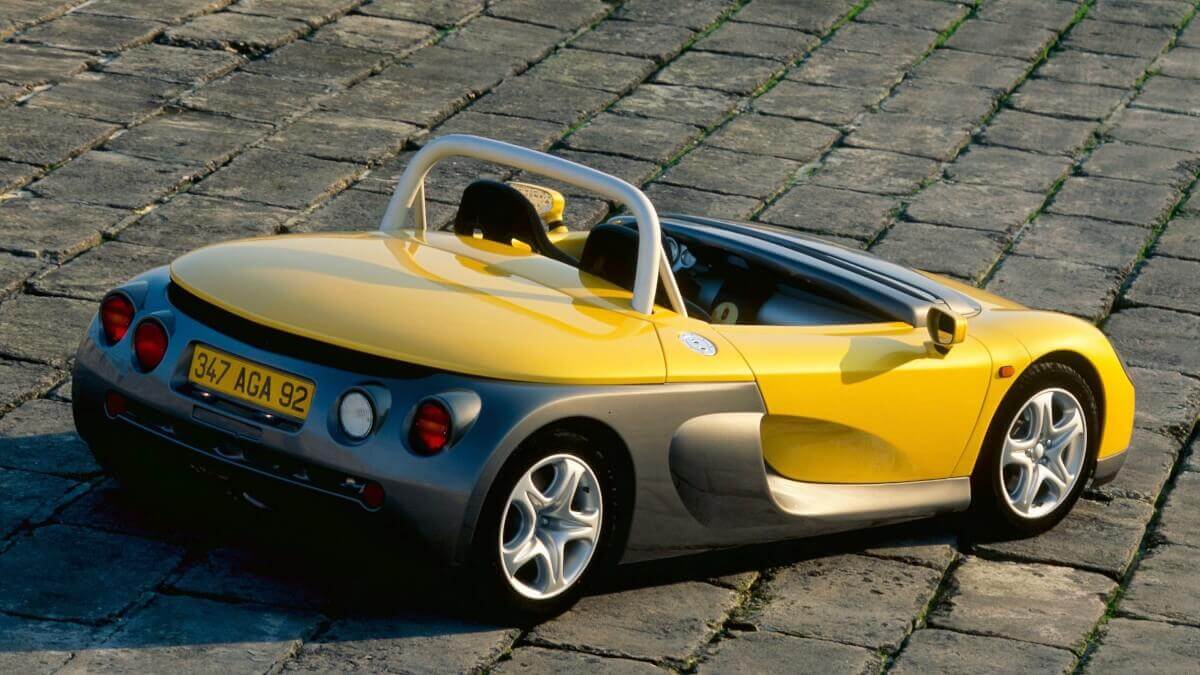



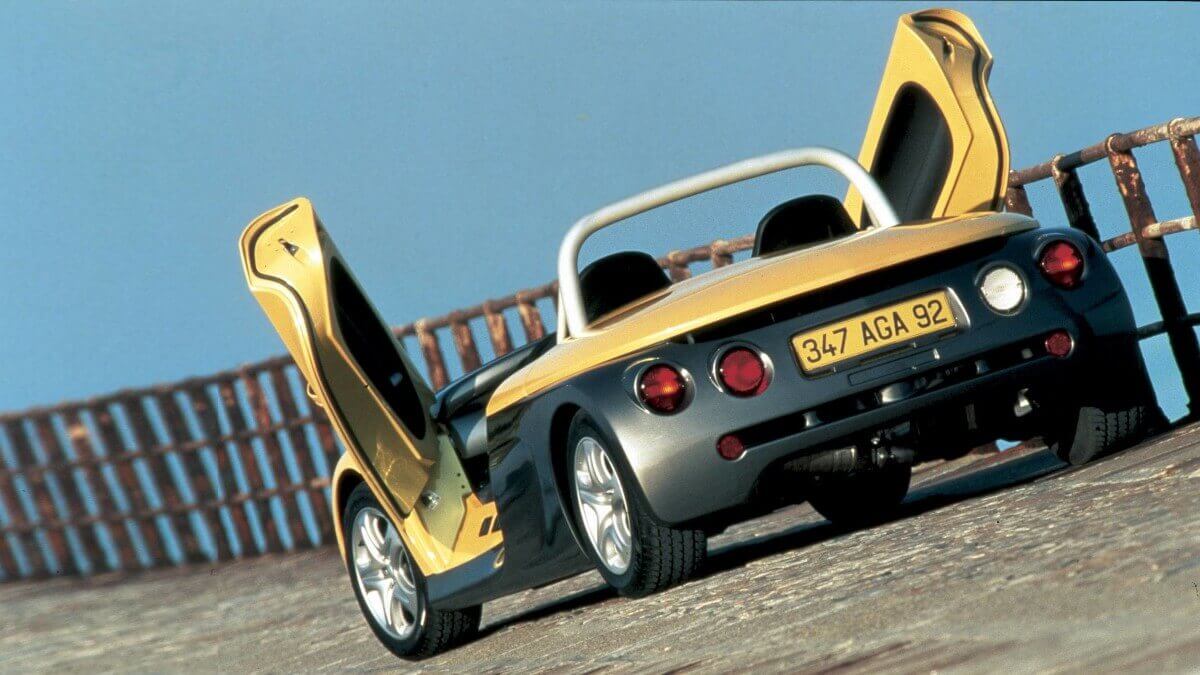



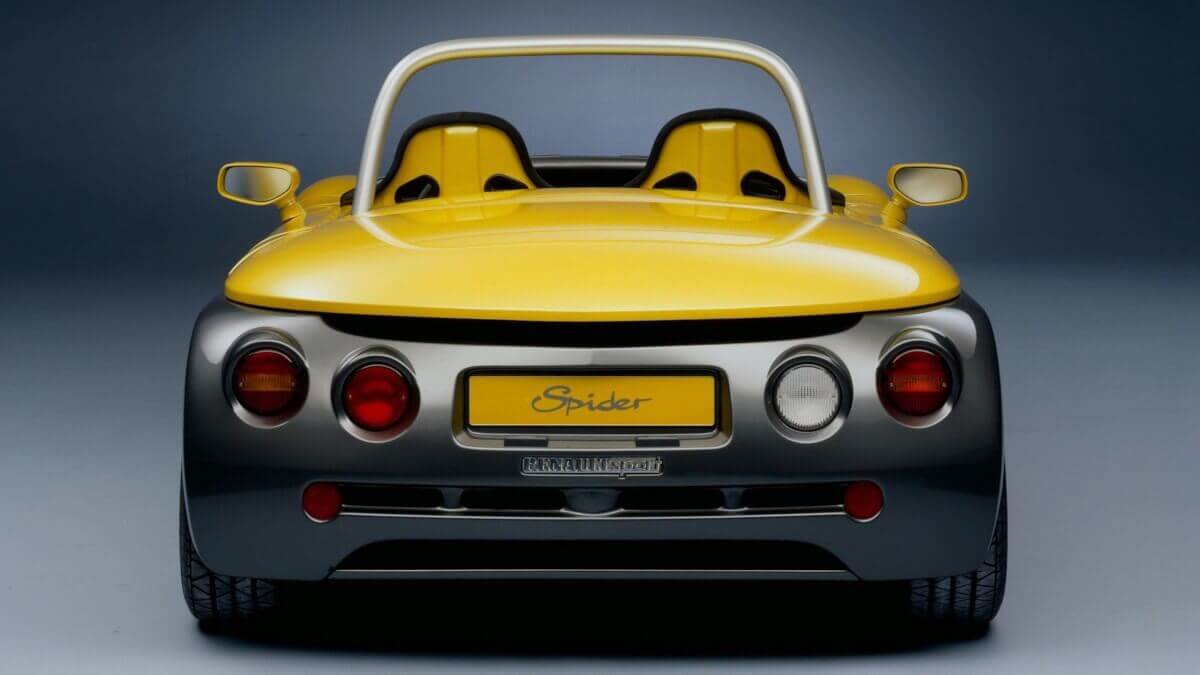



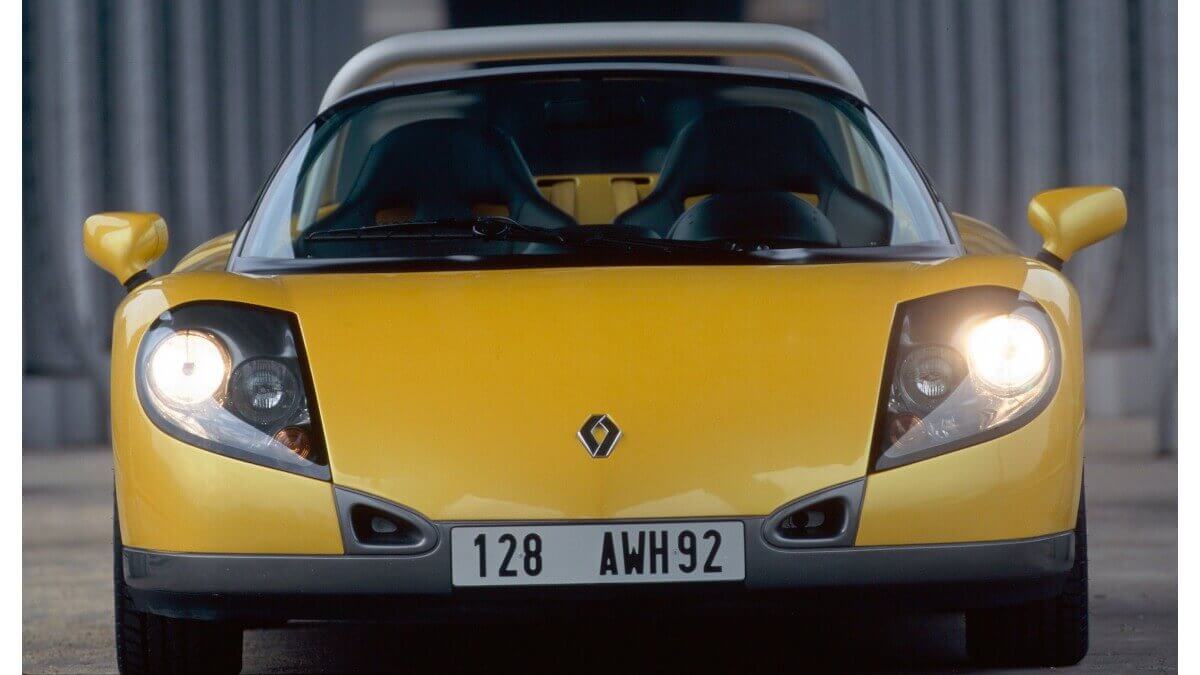



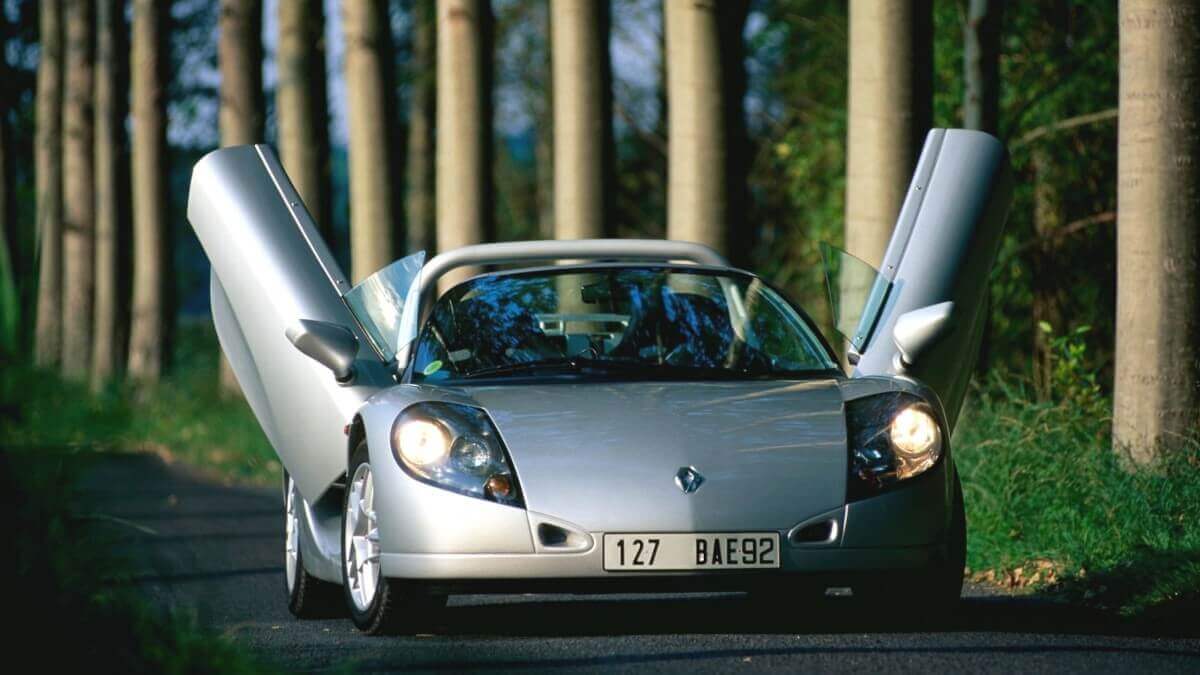



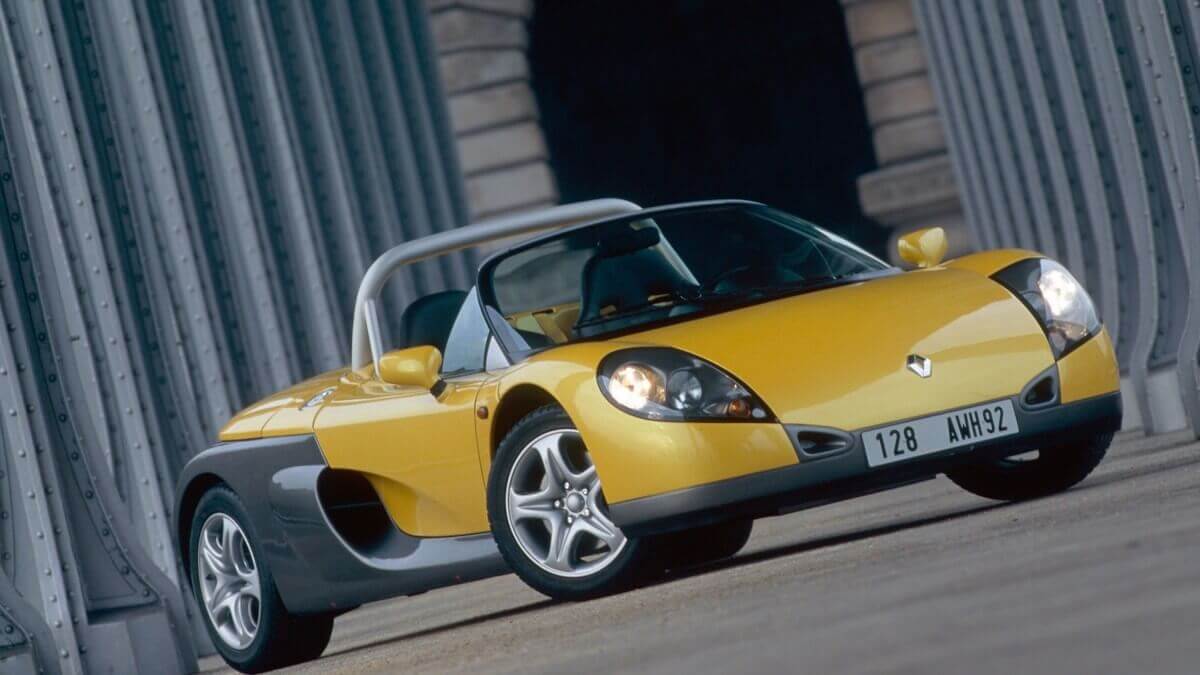



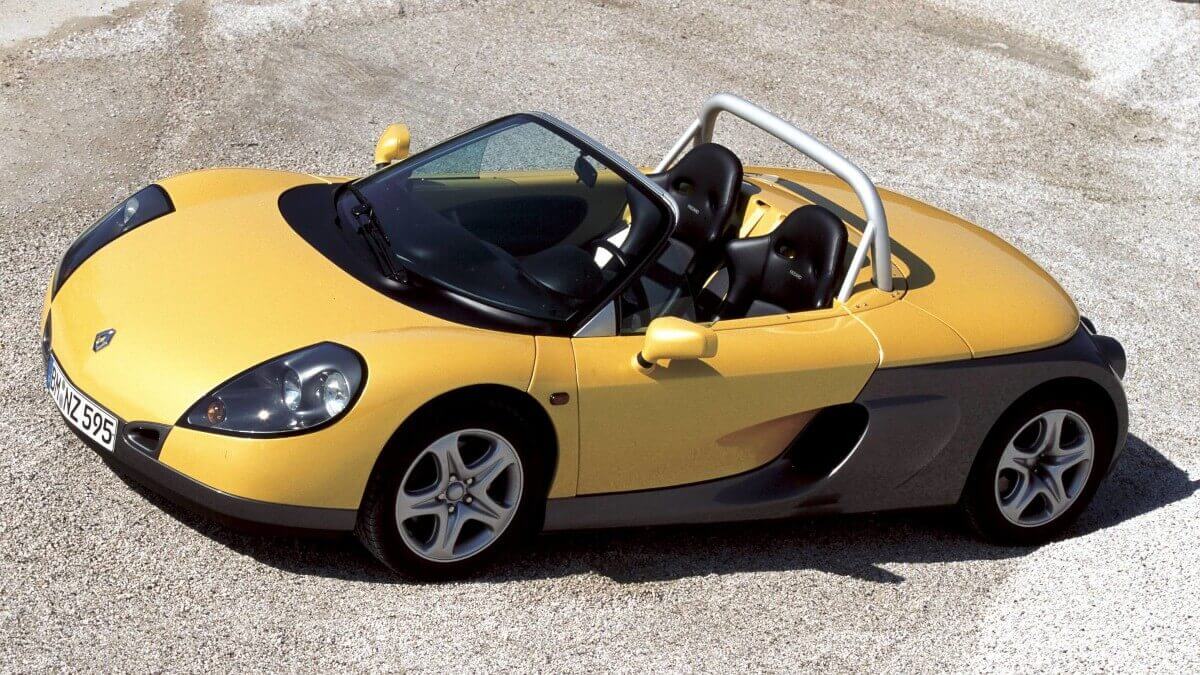



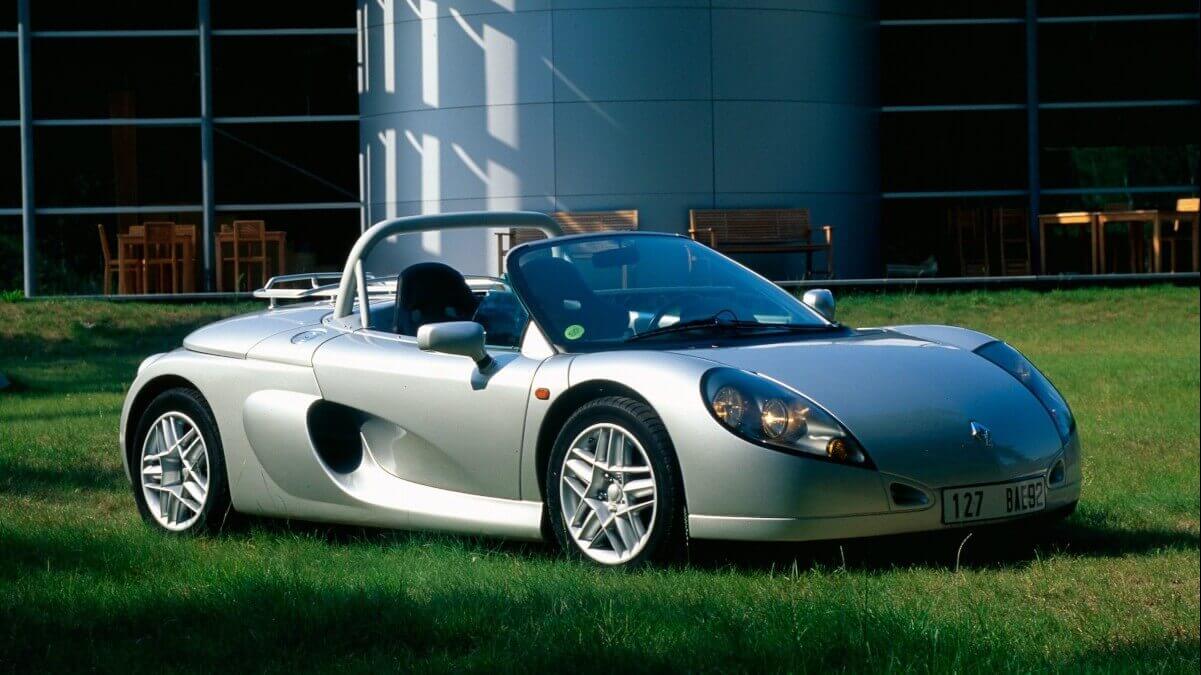



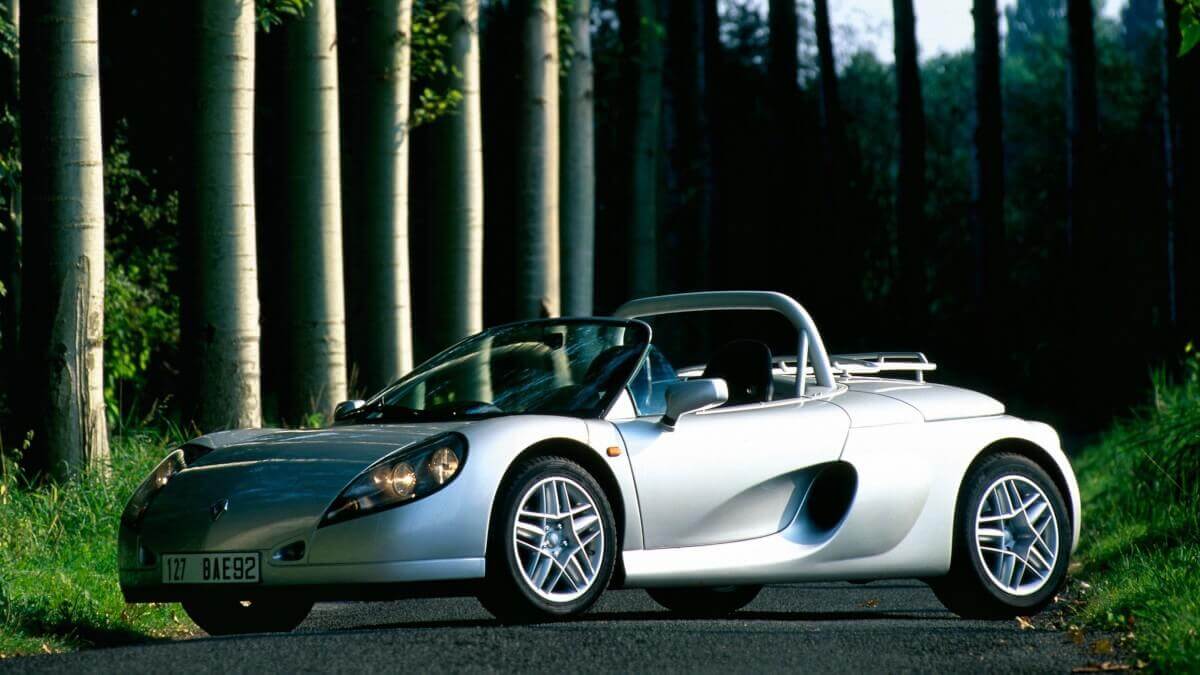



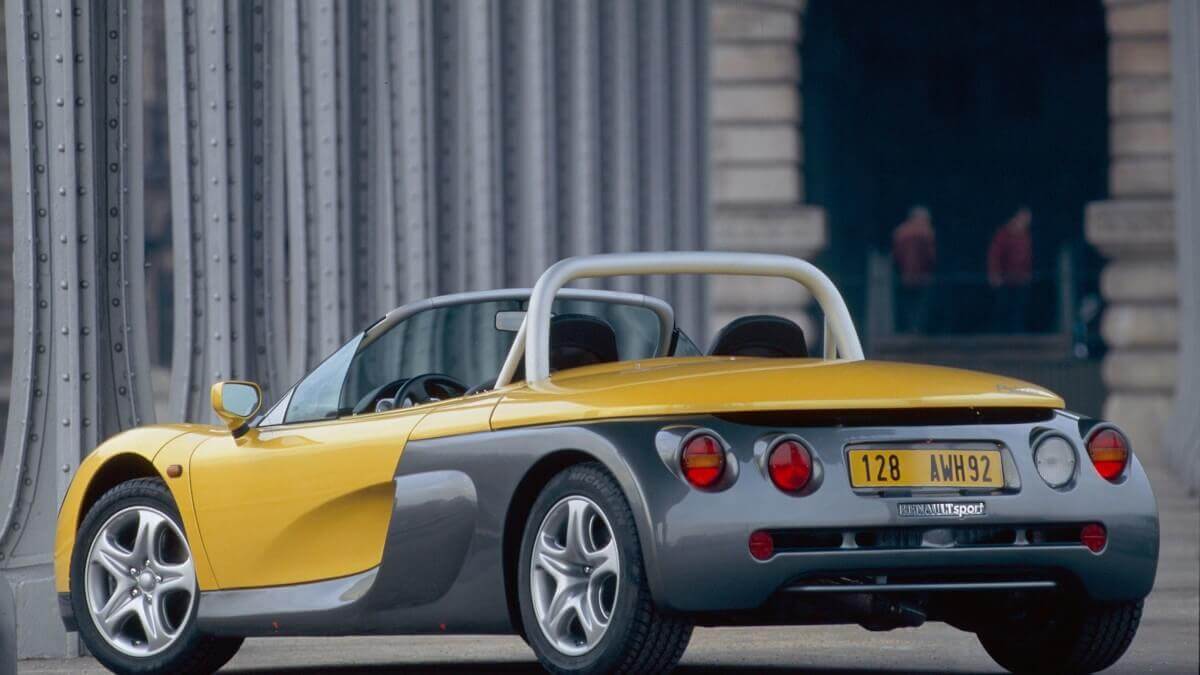



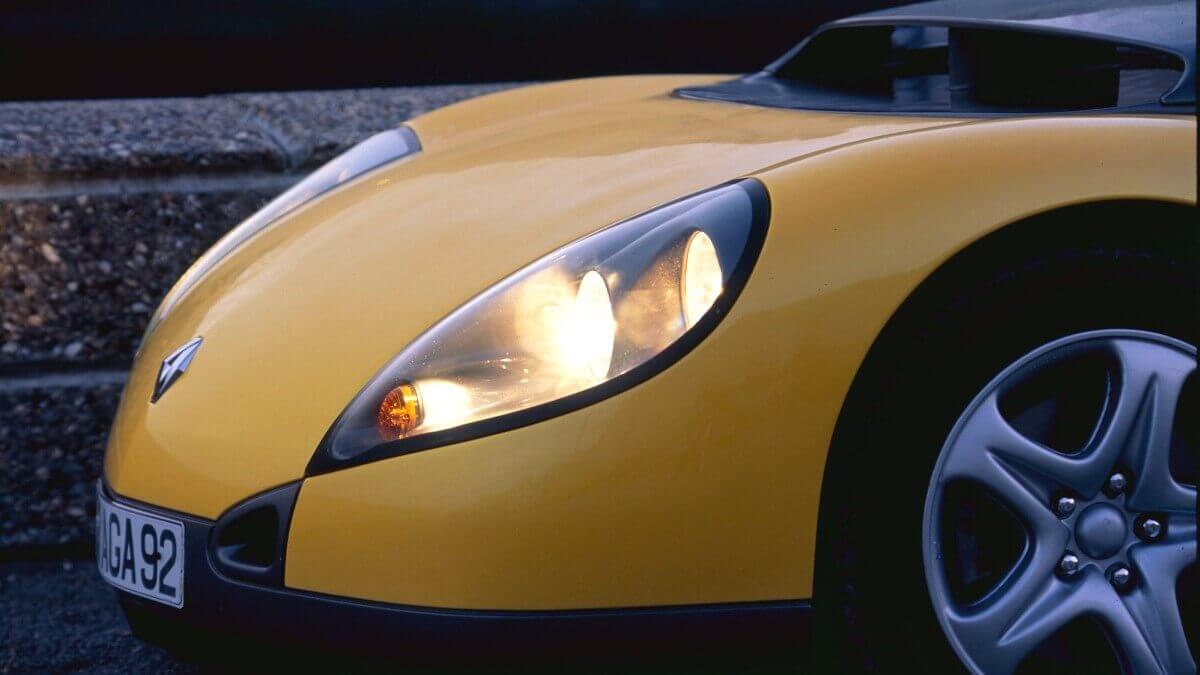



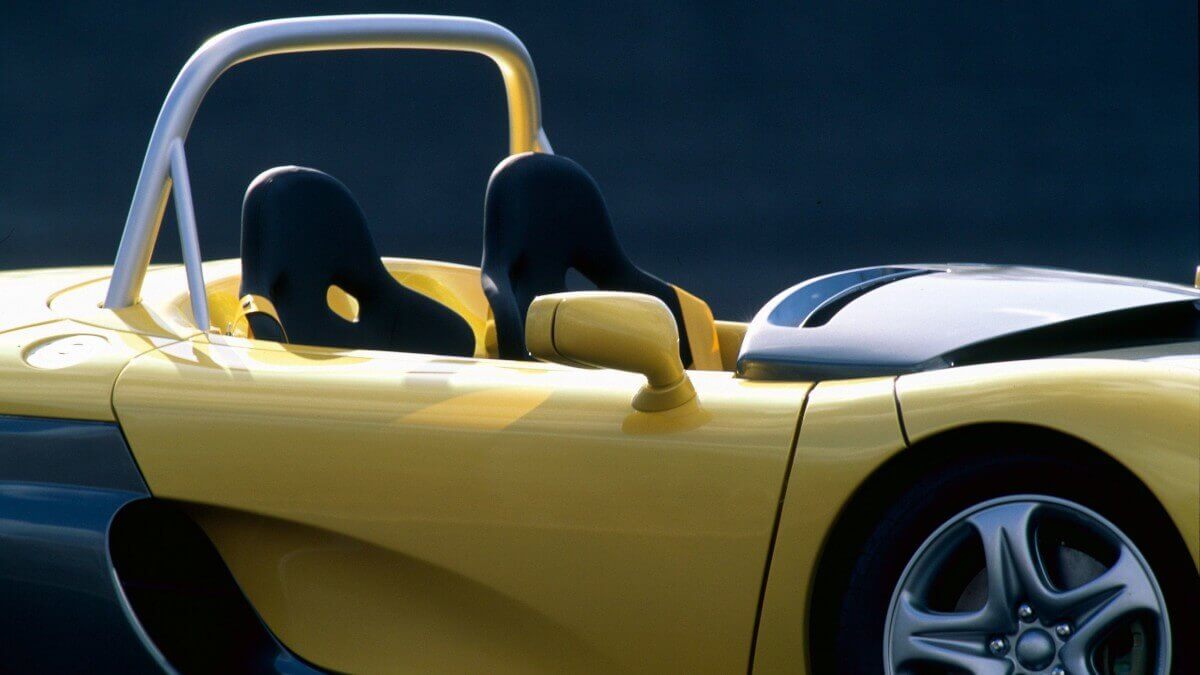



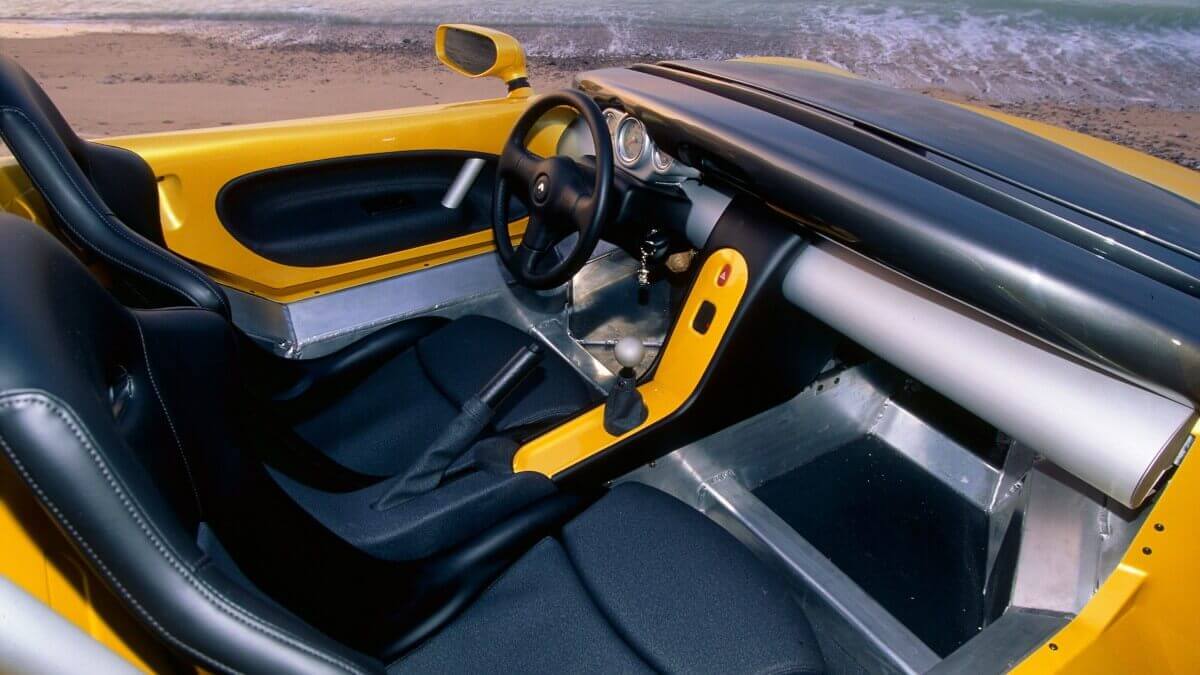



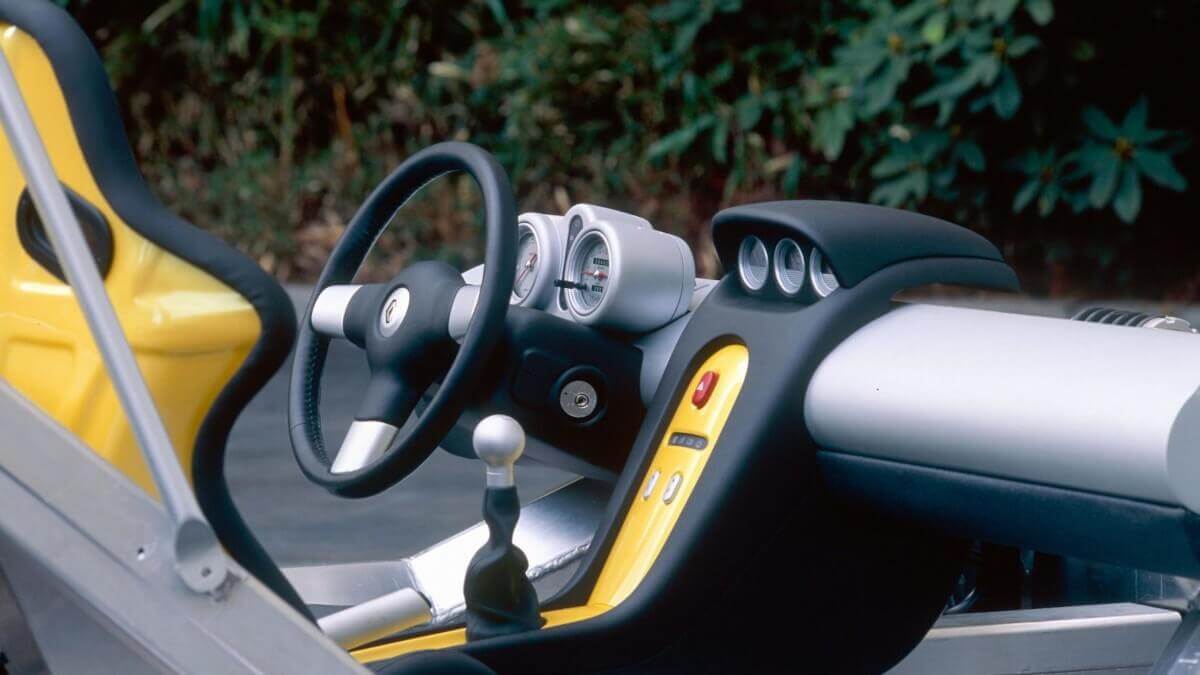



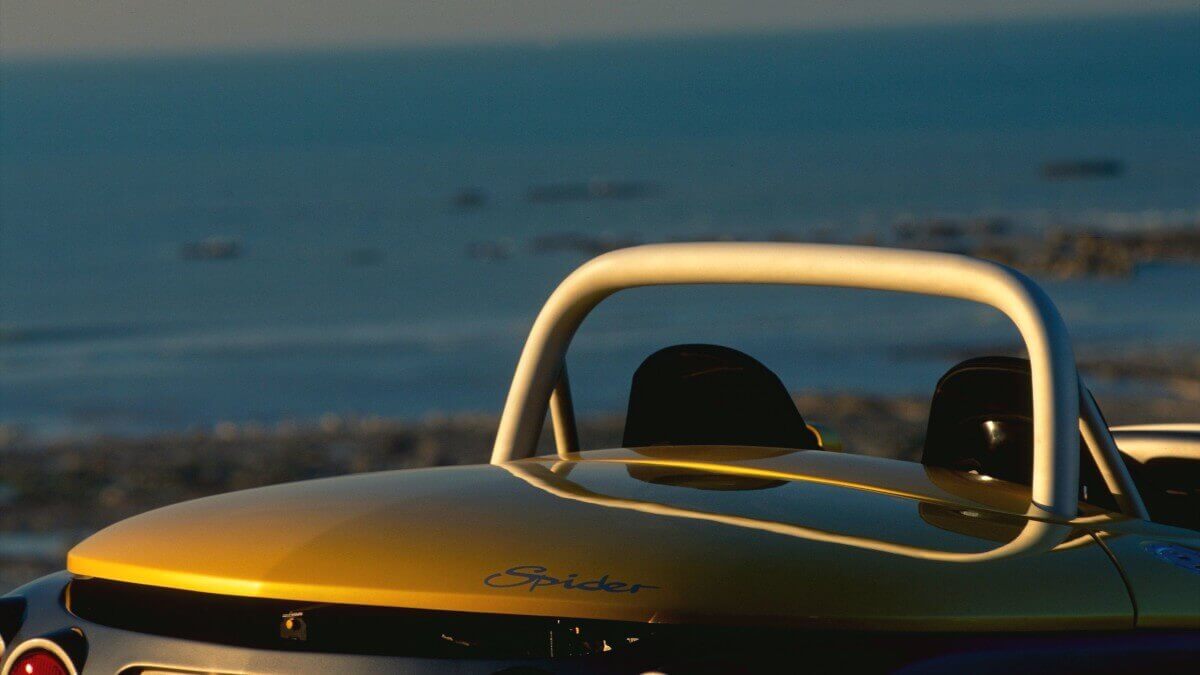



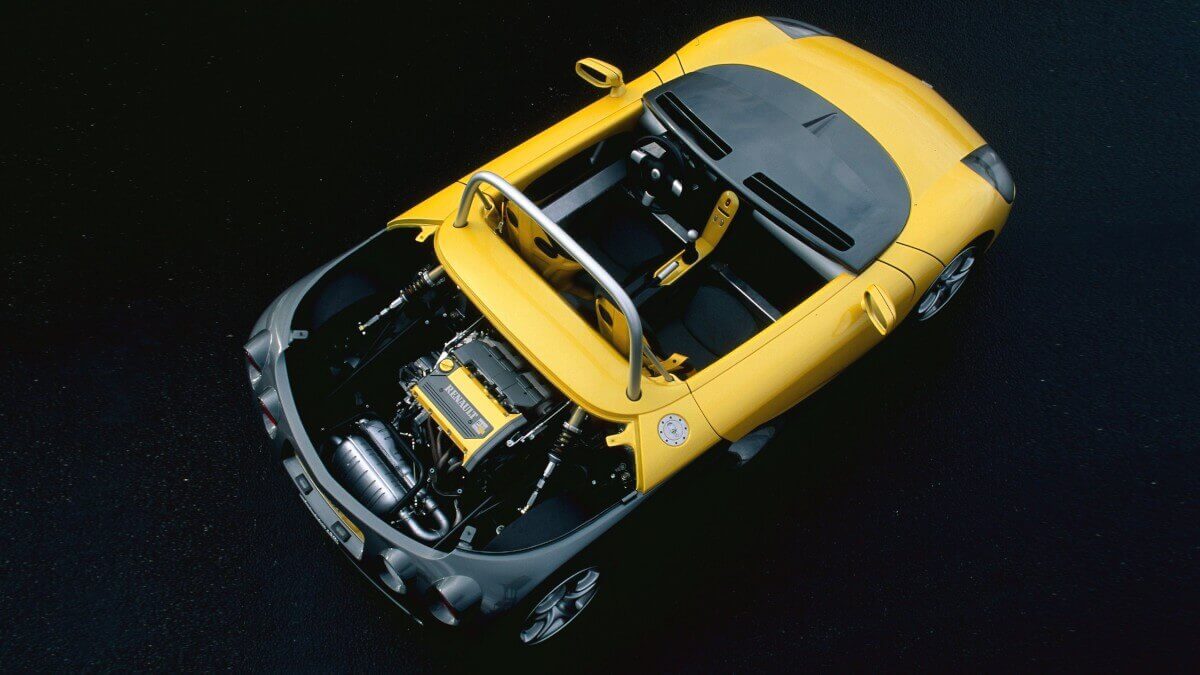



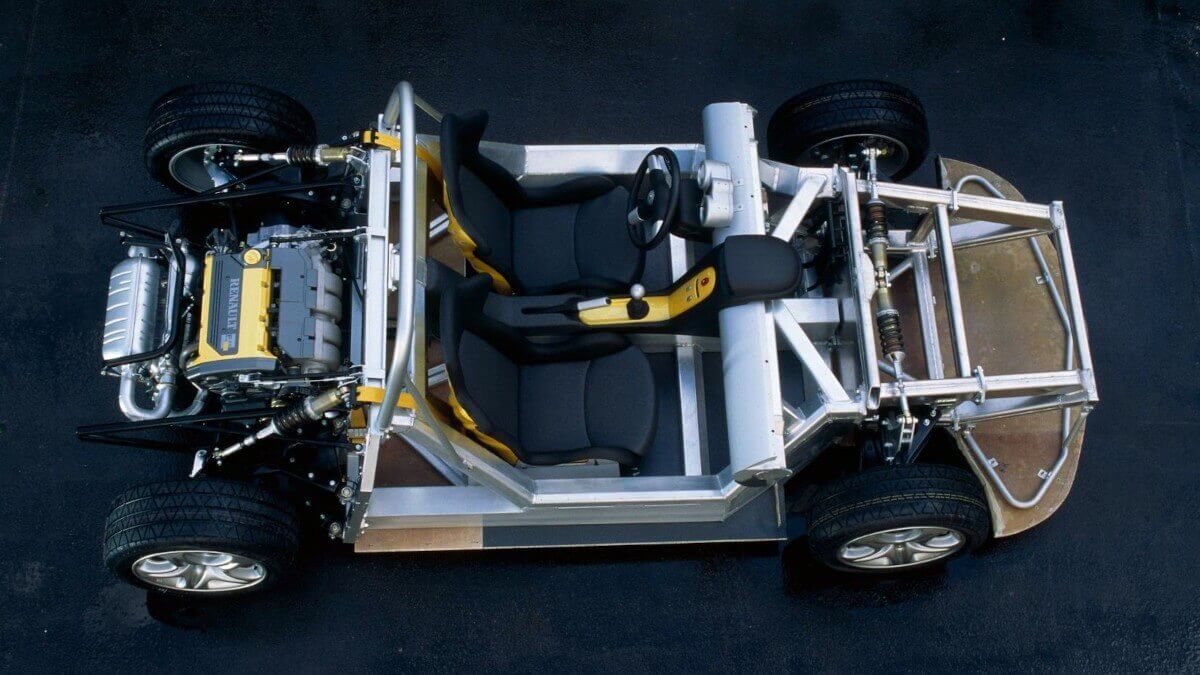



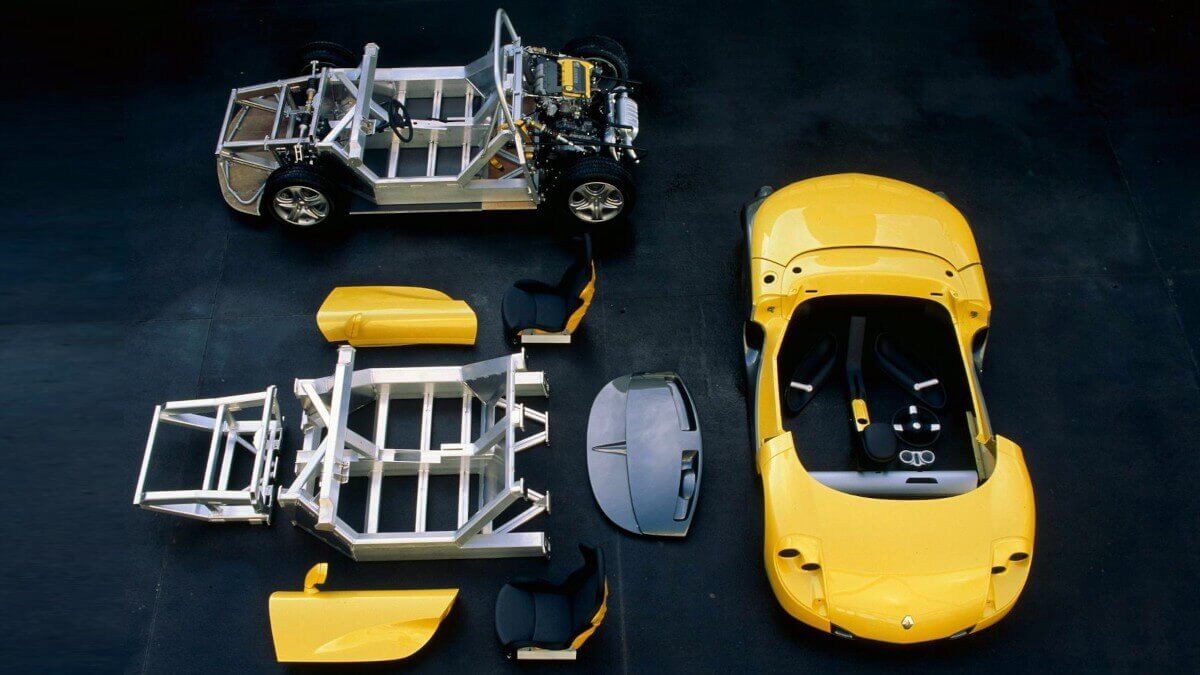



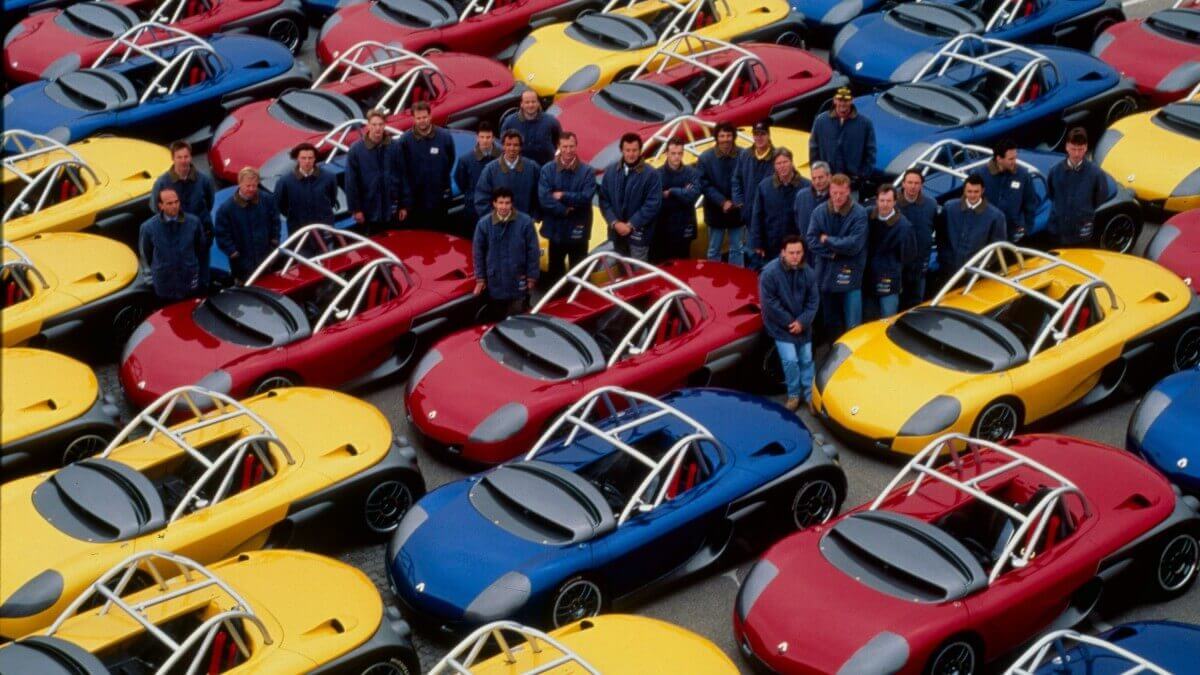



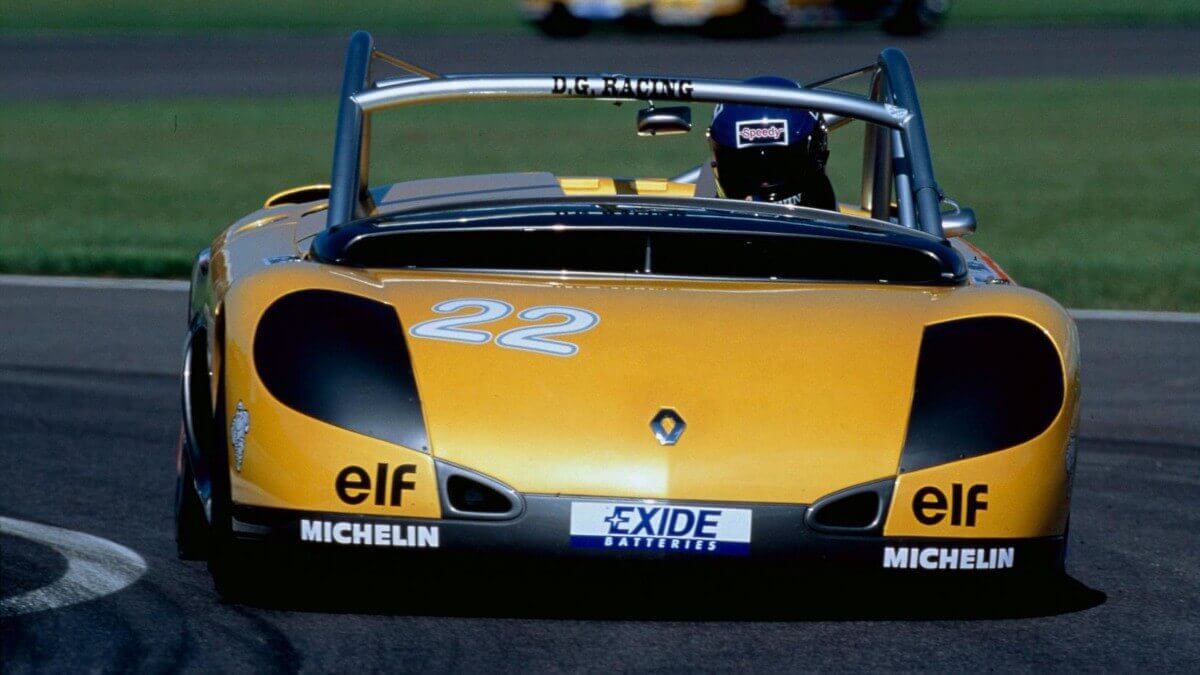



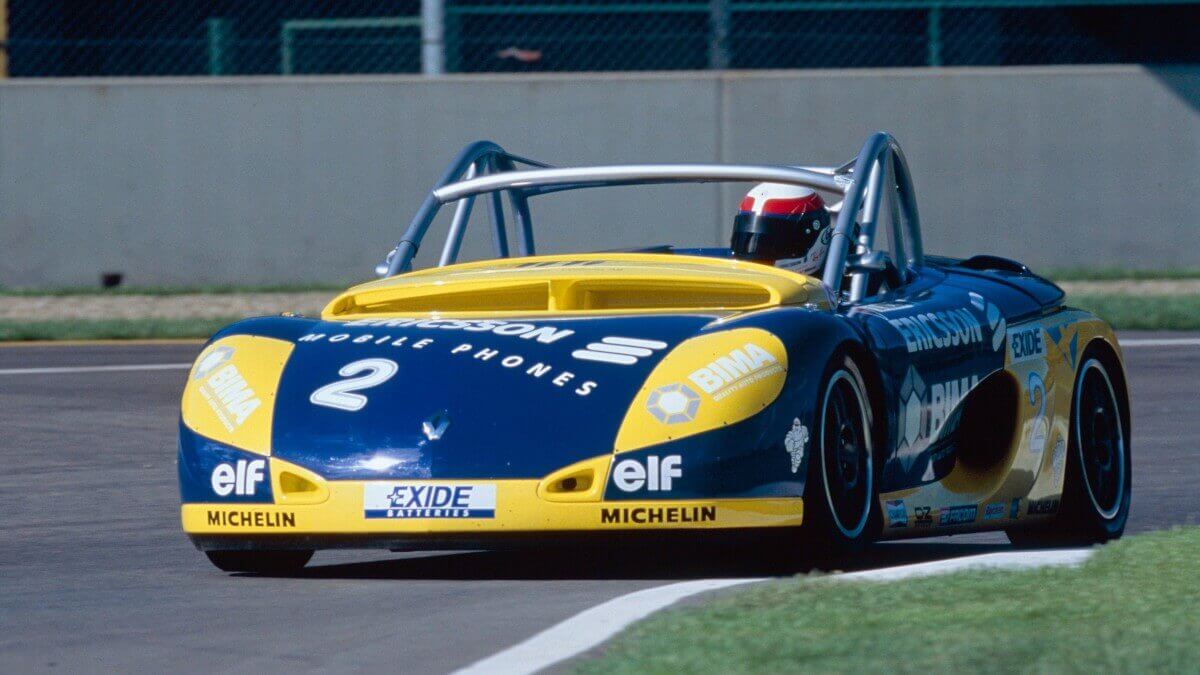



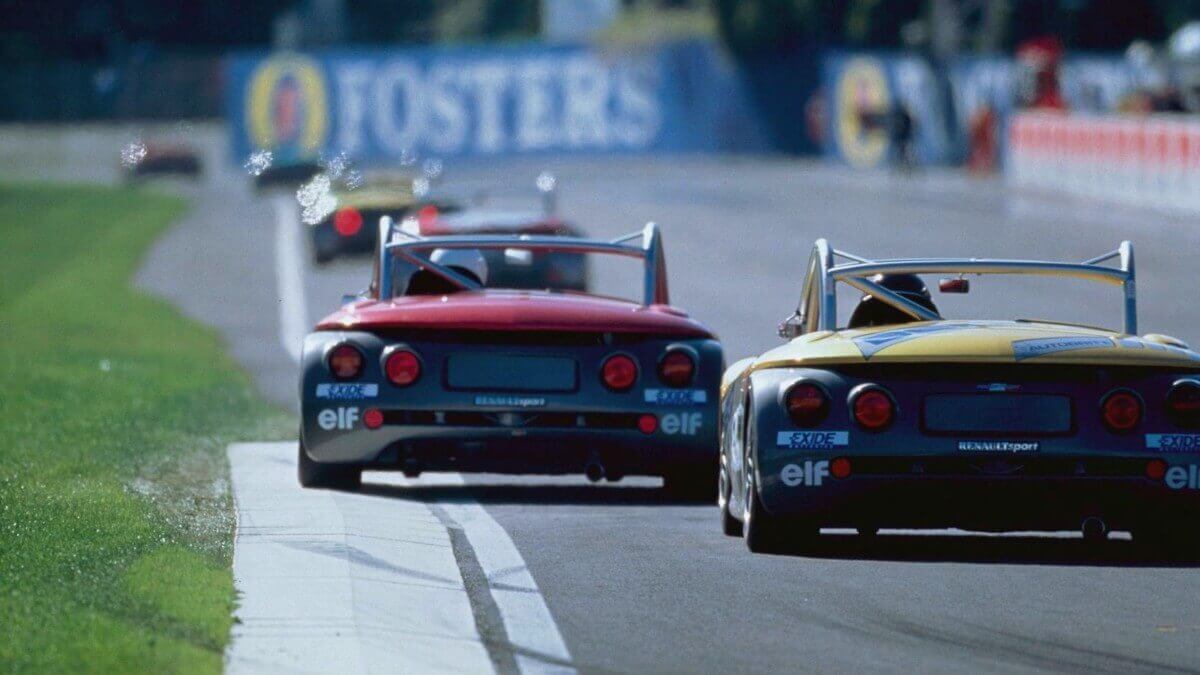



While the windscreen was added as an extra as described above, other comfort features such as power steering, a radio or a heater remained out of reach in the Sport Spider. The extra weight would have impaired the go-kart like handling of the compact sports car, whose preferred driving area is clearly on winding country roads. With the windscreen variant, Renault Sport did at least add a steering wheel with an airbag. The Recaro sport seats and pedals could be adjusted for more comfortable driving positions. When stationary, both versions can be fitted with waterproof tarpaulins to protect the interior from rain showers. It can be divided in the middle by a zipper, thus allowing the driver to drive the car in bad weather. The version with windscreen also came with a simple fabric hood. For the main part of the bodywork, the paint colors yellow, red, blue or silver were available. In addition to the classic five-spoke design of the 16-inch wheels, from 1997 there was another five-star design with three-part spokes.
According to Renault, a total of 1,493 cars were built between 1995 and 1999. A little search in the world wide web also gives you the alternative number of 1,640 cars. 96 of them reached Great Britain with right-hand drive. In addition there were 80 racing versions for the Spider Cup, which received a full rollcage next to the wind deflector. Today, the prices for well-preserved Renault Sport Spiders range between 40,000 and 50,000 €, with surcharges being paid for cars with wind deflectors.
Images: Renault




